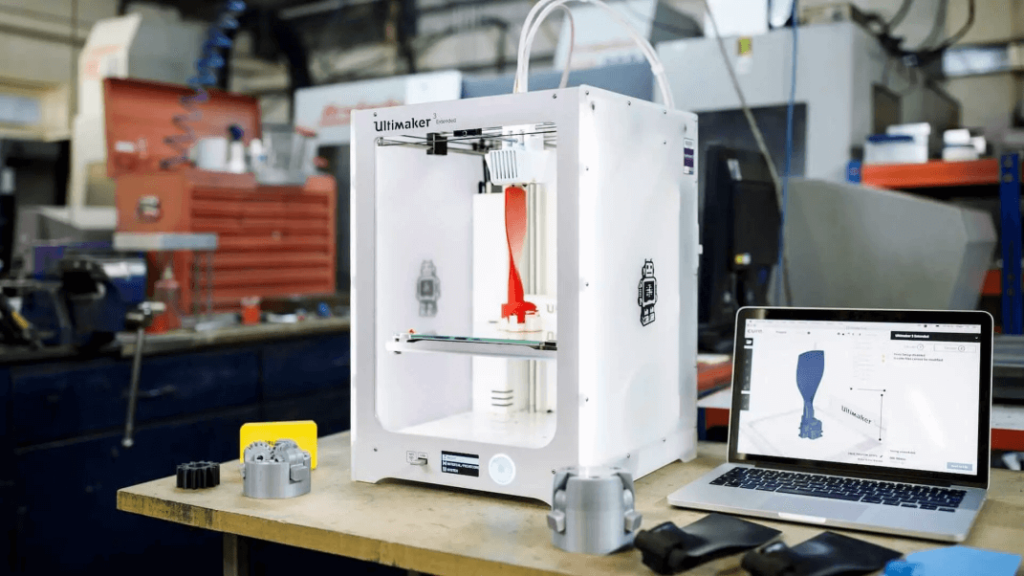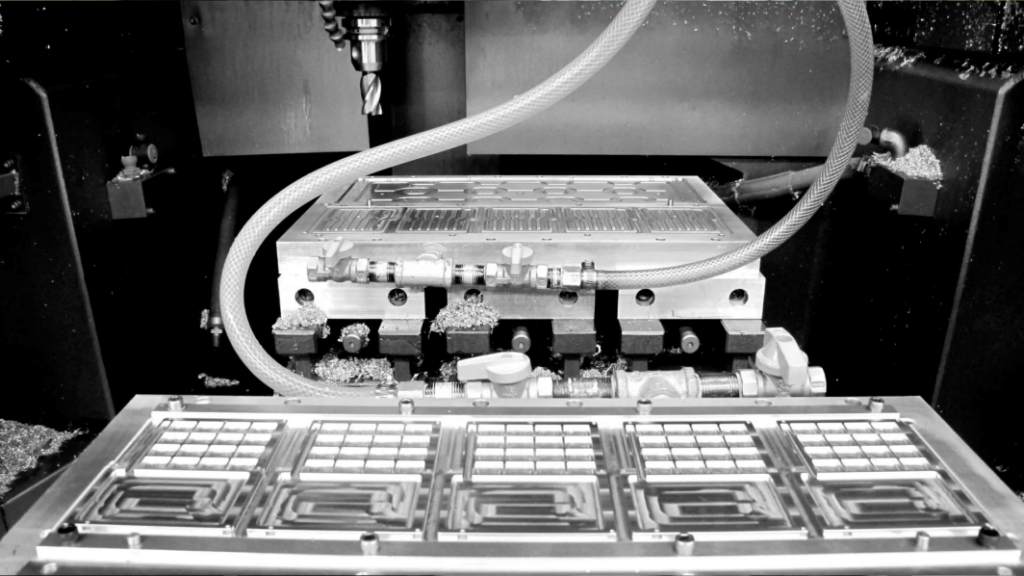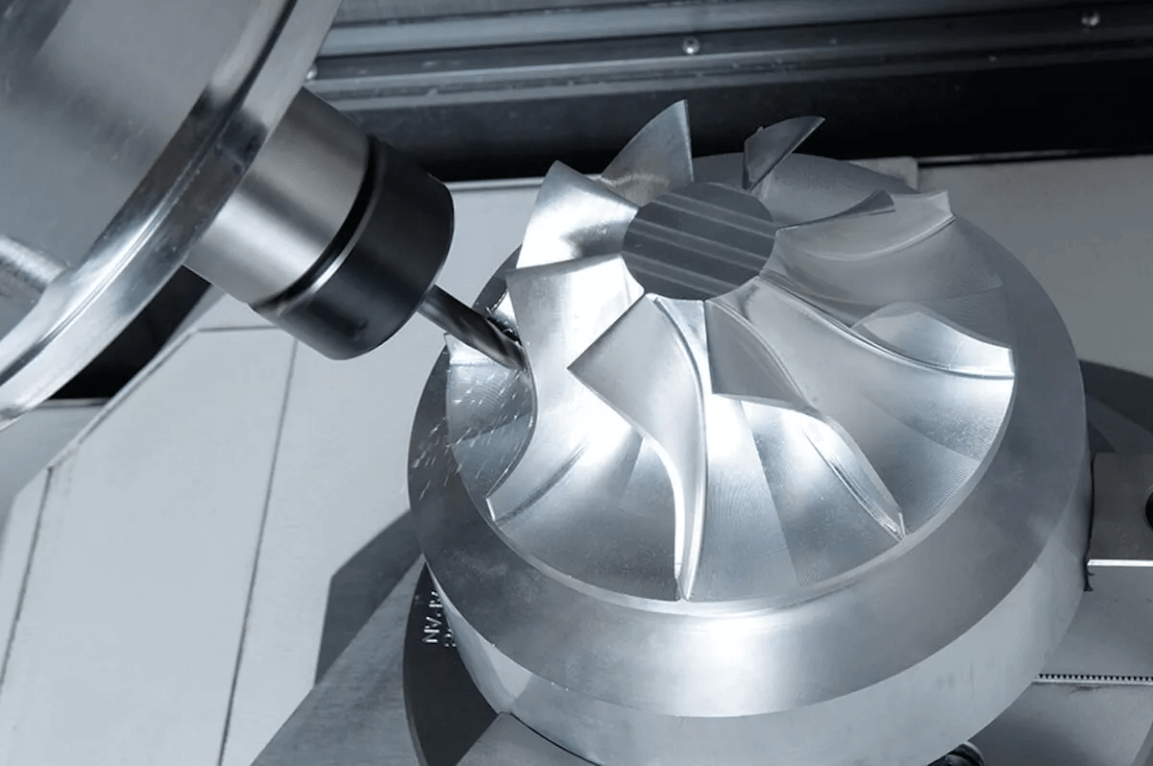Advantages of CNC Machining
For many businesses, the prospect of hiring a manufacturer for a CNC machining project can seem daunting. Machining is a complex process that requires comprehensive planning, skilled machinists, and sometimes large amounts of material. All of this takes time and money, so businesses often consider machining to be beyond their financial reach. But other options do little to change that perception because, at least on the surface, they often seem cheaper.
It’s no secret that 3D printing has changed the way people view manufacturing and prototyping. Even the smallest of businesses can afford to invest in a 3D printer, and those that choose not to can still purchase 3D printed parts on demand using online 3D printing service providers. Now that 3D printing has become the go-to technology for fast and affordable manufacturing, traditional processes like machining can seem like a luxury. But it would be a mistake to assume that 3D printing is always a more cost-effective solution than CNC machining.
In fact, there are countless situations where CNC machining projects are more affordable and cost-effective than 3D printing. For example, when a part must be made of metal, 3D printing starts to become expensive, and machining often becomes a more attractive option. Furthermore, the range of materials available for machining allows for different price points. Additionally, CNC machining is a more mature and reliable process for manufacturing end-use parts. Therefore, while 3D printing may seem attractive for early prototypes, machining is still generally the cheapest way to manufacture final, finished parts.
1.Why do CNC machining projects seem expensive?
3D printing and additive manufacturing have come a long way in the past decade, offering users a different way to manufacture. However, despite the hype surrounding 3D printing and its advantages over traditional processes, some factors may be overstated. Because 3D printing is often marketed in contrast to traditional processes such as machining, the advantages of 3D printing are often accompanied by the alleged disadvantages of machining.
These include:
- High startup costs
- Machinist labor costs
- Waste materials
- Geometric limitations
It is worth noting that the first three points are all related to cost. Therefore, it is no surprise that as 3D printing manufacturers continue to point out the shortcomings of machining, CNC has begun to gain an undeserved reputation as the expensive, outdated brother of additive manufacturing. Importantly, the so-called disadvantages of machining only become apparent in certain circumstances. That’s why machining projects are actually nothing to be afraid of.

2.Why are CNC machining projects cheaper than you think?
Machining projects are often described as more significant investments than 3D printing projects, but they are more cost-effective than they appear for several reasons. These reasons involve recent developments in CNC machining technology, common misconceptions about the technology, and special cases where machining provides special value.
① Metals are made for CNC machining
The low startup costs of desktop 3D printers can easily make people want to buy: cheap machines, cheap plastic filaments, cheap operating costs. But it’s important to remember that the cheapest 3D printing can only process polymers. This is great for prototypes and certain end-use parts, but it severely limits potential applications.
Machining, on the other hand, is designed for metal. CNC machining centers equipped with sharp cutting tools are designed to process metal raw materials, and even the cheapest machining centers are capable of cutting materials such as aluminum.
If your project requires metal parts, machining is almost always the most cost-effective solution, especially when dealing with large quantities. In the future, things may change. Metal 3D printers may become more common and cheaper, perhaps even as cheap as today’s fused deposition modeling (FDM) printers. However, in the meantime, metal 3D printing is an expensive industrial process that offers few of the budget-friendly advantages of FDM.
②Instant Quoting Software Reduces Labor
Labor is one reason machining is sometimes viewed as an expensive process. But new technologies are rapidly reducing the amount of money companies have to invest in labor. Providing quotes for machining projects used to be a lengthy process for manufacturers and machine shops. Many factors had to be considered when calculating, including the shape and size of the part, the cost of running the machine, the labor costs of the machinist, and more.
Today, these calculations still need to be made, but many of them can be solved by computers. Machining software can provide almost instant quotes for machining projects, identifying key cost factors and determining a price in seconds. This ultimately reduces machinist labor costs because the time spent calculating the quote is virtually offset. Similarly, software development has helped shorten the design for manufacturability process, making the machinist’s job easier and ultimately saving the customer money.

③Economies of Scale
There’s a reason 3D printing is a great choice for prototyping. Because labor and operating costs are low, the cost per unit is relatively stable, even if only one or two units are ordered. This means that companies can often purchase prototypes or individual parts at very low costs, while the cost of machining individual parts is relatively high. The cost benefits of machining become apparent when more units are needed. Yes, machining has labor and operating costs that 3D printing does not, but these costs are quickly offset when processing tens, hundreds, or thousands of units.
3D printing does not have these economies of scale. Once multiple units are needed, the initial cost advantage of additive manufacturing begins to disappear. Therefore, if a company intends to purchase multiple units (either now or in the future), CNC is usually the more affordable choice. Surprisingly, machining can also be cost-effective in small batches.
④Can be used
The characteristics of prototypes are: Prototypes have a gradient, with simple placeholders at one end and professional functional prototypes at the other. Prototypes have a variety of uses, and the choice of which prototype to develop depends entirely on its end use. Still, if you can only choose between a very rough prototype and a prototype that closely resembles the finished part, you will almost always choose the latter. This is where CNC machining can be valuable, even without taking advantage of economies of scale.
Regardless of the actual price of a machining project, choosing CNC is often more valuable than other options because machining is a tried-and-true process for making end-use parts. 3D printing may seem cheaper, but if a 3D printed prototype must eventually be replaced by a machining alternative, why not buy the machined part first? Machining projects, even those used to create prototypes, can produce high-quality parts that are ready for end use.
